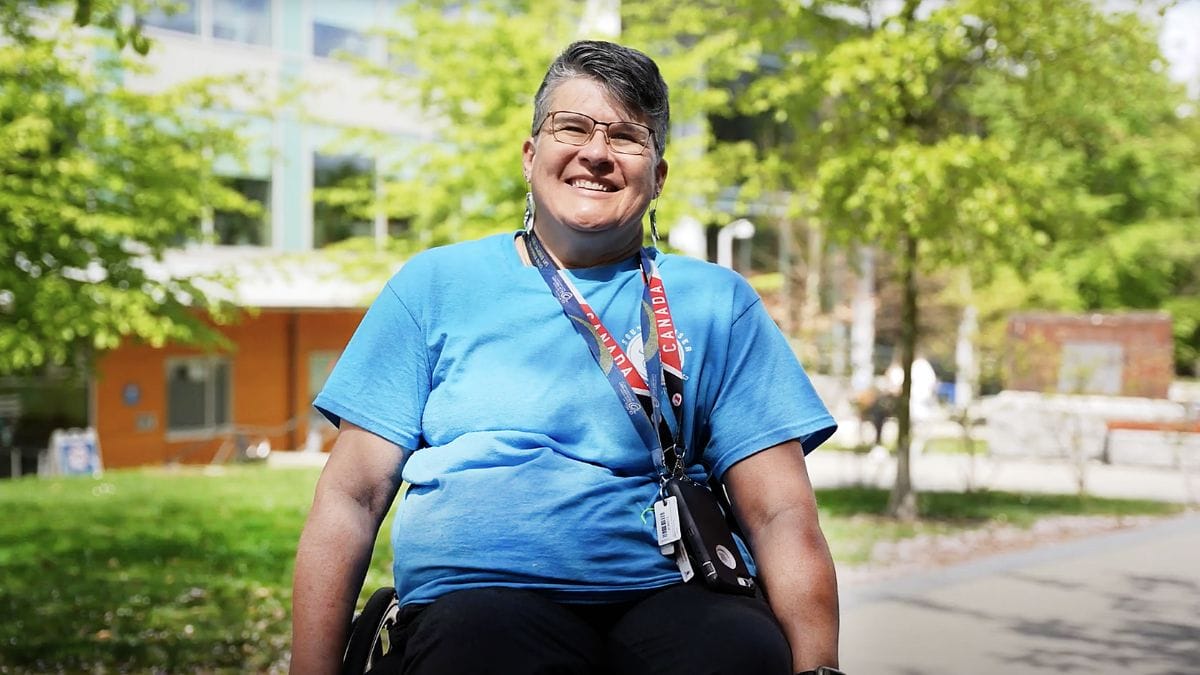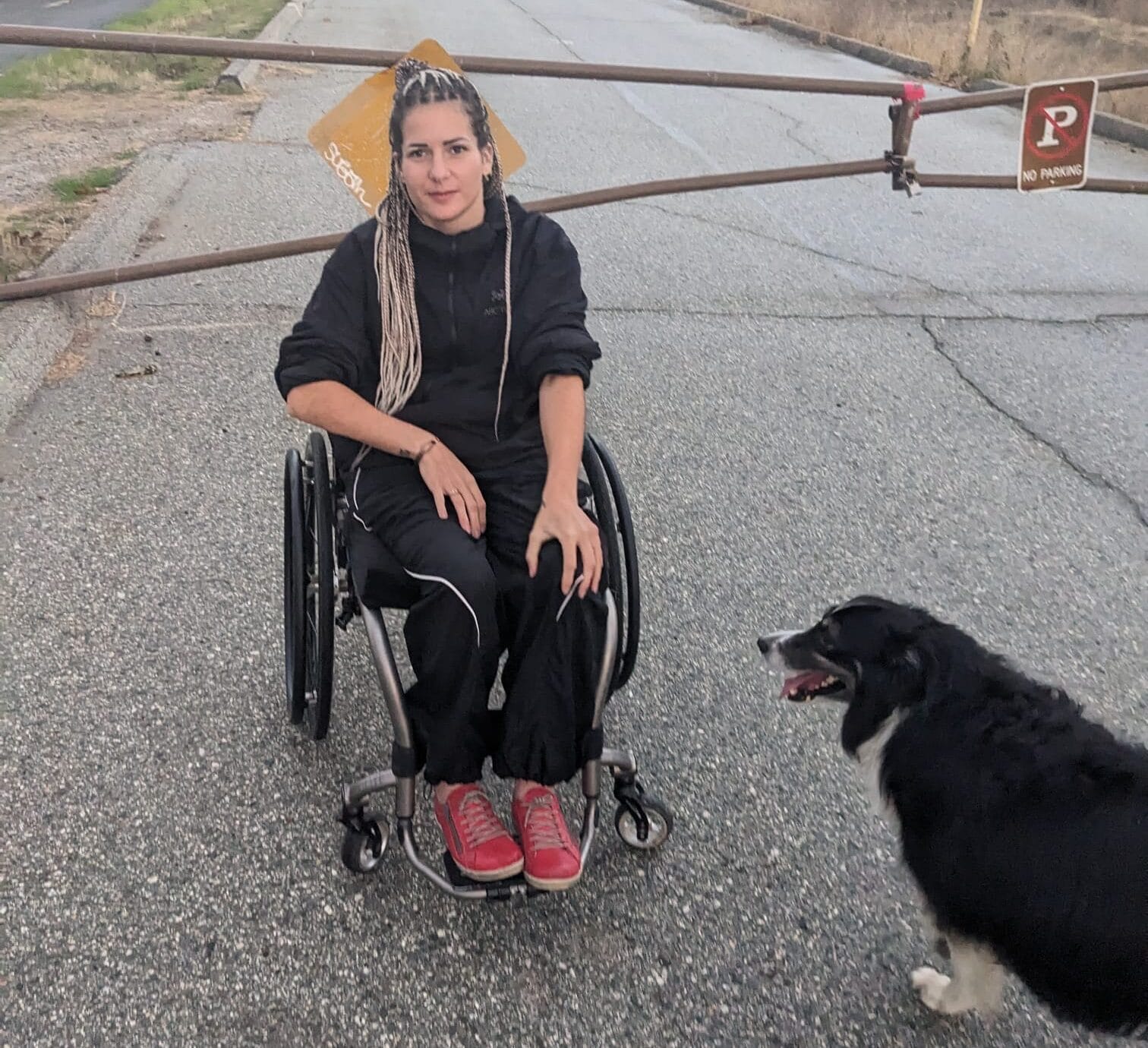
Joe in Vancouver writes, “At a recent peer event, I met someone who told me about his experiences with contractures, scaring the daylights out of me in the process. How can I avoid these?”
To answer this issue’s question, we reached out to Amrit Dhaliwal, a physiotherapist at GF Strong’s Inpatient SCI Program.
Contractures—the loss of mobility in a joint—are a common complication of SCI. They’re the result of significant spasticity that holds muscles, tendons and ligaments in a shortened position. Over time, the shortened position becomes permanent, restricting movement in the joint. Contractures are often painful, and can limit function and independence. Once a contracture develops, it’s nearly impossible to reverse, and surgery is often required.
It isn’t all doom and gloom, because there’s a great way to manage your spasticity and prevent contractures—a regular stretching program during which you move muscles into their fully-lengthened positions and hold them there.
A simple stretching program is a low-cost intervention that does not require fancy gadgets or gizmos. There is no one-size-fits-all stretching program. Different levels of injuries, ages, and pre-existing injuries will likely result in different stretching needs. It’s important to consult with your doctor, OT and/or PT before starting a stretching routine to prevent injuries such as fractures, and to determine the most appropriate stretches. Some helpful tips to keep in mind are:

- Think about the positions you’re in all day, and seek to incorporate stretches that stretch muscles that have been held in shortened positions—for example, muscles that are in shortened positions when you’re sitting.
- Aim to take your joint to the end of range, and hold it there for a sustained period of time. But don’t overstretch or force a joint past the point of resistance, as this can cause injury.
- Perform movements slowly. Jerky fast movements can cause injury or increase spasticity. If sensation is impaired, watch for signs of pain, such as AD.
- Depending on your abilities, you can do a stretching program yourself, or direct your caregivers to assist with these exercises.
- Every person has their own unique needs—for example, those with minimal spasticity likely need less frequent stretching compared to those who have increased spasticity. Generally, sustained stretches (10 minutes or longer) are thought to be more effective than those of shorter duration. The more frequently you can perform them the better; integrate them into your daily routine where possible (many people have success stretching before getting out of bed in the morning). It’s best to start with performing the stretches for as long as possible and as often as possible. Then slowly reduce this in either frequency or duration of stretches as required.
- Regular monitoring is important as it will be the first clue to alert you if you are maintaining or beginning to lose range in any joints. Regular re-assessment of your range of motion and physical function with a qualified therapist (OT/ PT) is advised to monitor for any changes.
A stretching routine is an invaluable part of a fitness program—it can help prevent dreaded contractures, assist in managing spasticity, and prevent pain. Best of all, it’s free. So collaborate with a therapist and find a stretching routine that best suits your individual needs and lifestyle.
- Adaptive mountain biking
- Bodybuilding
- Breathing techniques
- Nerve regrowth research




